This week, we talked with Marta, ICT specialist and manager of TSF's newest program, Digital Inclusion. She spoke about access to technology for women and girls, how we can try to include them in ICT, what motivates her in her work - using technology to help – and more. Here is a snippet of our discussion.
Meet Marta
Marta is an ICT specialist at TSF, and the manager of the Digital Inclusion program. This program, Marta tells us, is “a new program within TSF. Its main objective is to facilitate the access to Internet and online resources to the most vulnerable populations, but also try to reduce the psychological and physical risks that could imply the usage of technologies and online services.”.
Gender plays an important role in the digital divide, as women and girls are less likely to access online resources globally. In humanitarian contexts, the lack of access to technology can impact women and girls in many ways:
Are there situations where women and girls are affected differently by humanitarian crises? And if so, does the Digital Inclusion program you talked about take this into account?
MARTA: Women and girls are one of the most vulnerable groups of people. Women normally face more challenges related to gender disparities than men when accessing technology. As consequence, they have less opportunities to communicate, to be informed and to be empowered and independent. Therefore, they will feel more isolated, vulnerable and with lower self-esteem.
Since Marta works for the technical department in TSF, she has a specific look on the issue: she sees how technology solutions can be used, adapted, or even created, to fit the needs of people – and, subsequently, try to include more people in our response.
“Providing and adapting solutions, or maybe creating new solutions to adapt specific needs, that’s also very important for me. Because it’s understanding what [people] need, working with that goal.”
Are there ways to include girls and women in ICTs?
MARTA: “Yes. The most important is to start understanding their needs – why they don’t have access to technology, to communication, online resources and so on. From there, try to provide a response that is adequate with their specific situation. (...) It’s very important to understand why this is happening, why they cannot access, why the access for them is riskier than for men, and work from there to provide this security and this possibility for them to access what they need.”
Marta also discusses the importance of online safety for women and girls and the challenges she faces – even though it’s also what makes her job “very interesting” – in this article.
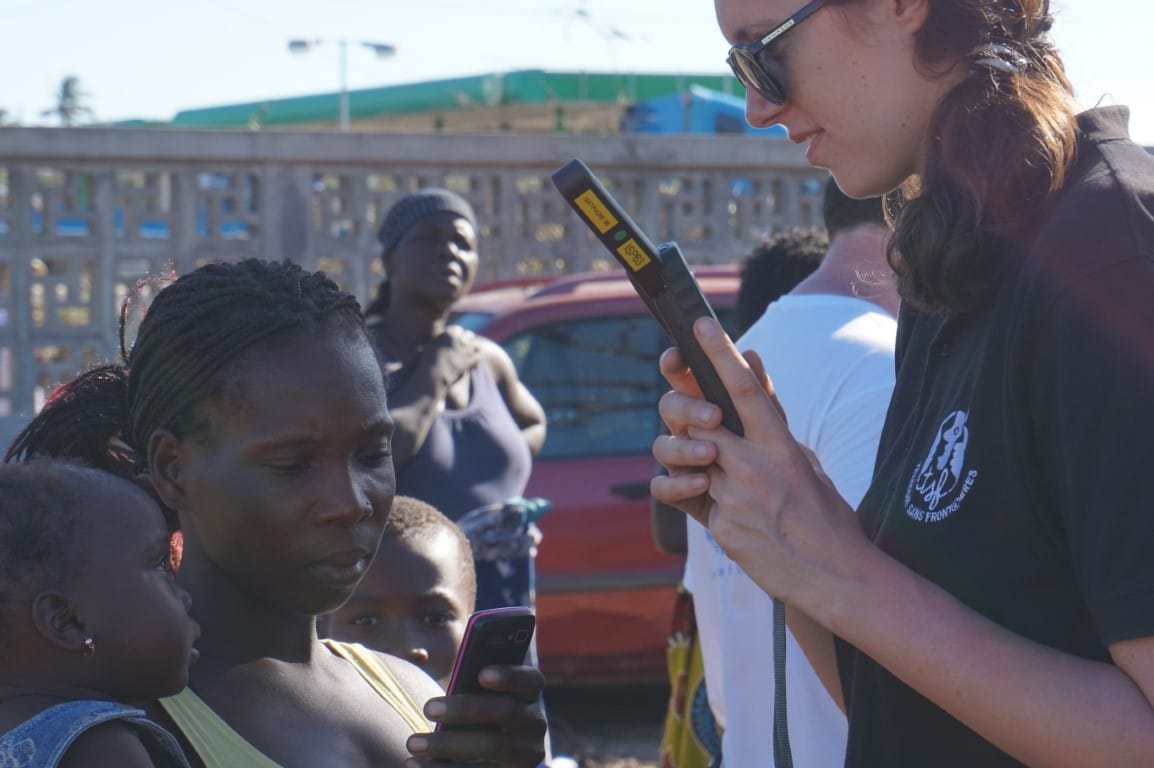
“The most important thing is to start understanding women and girls’ needs.”
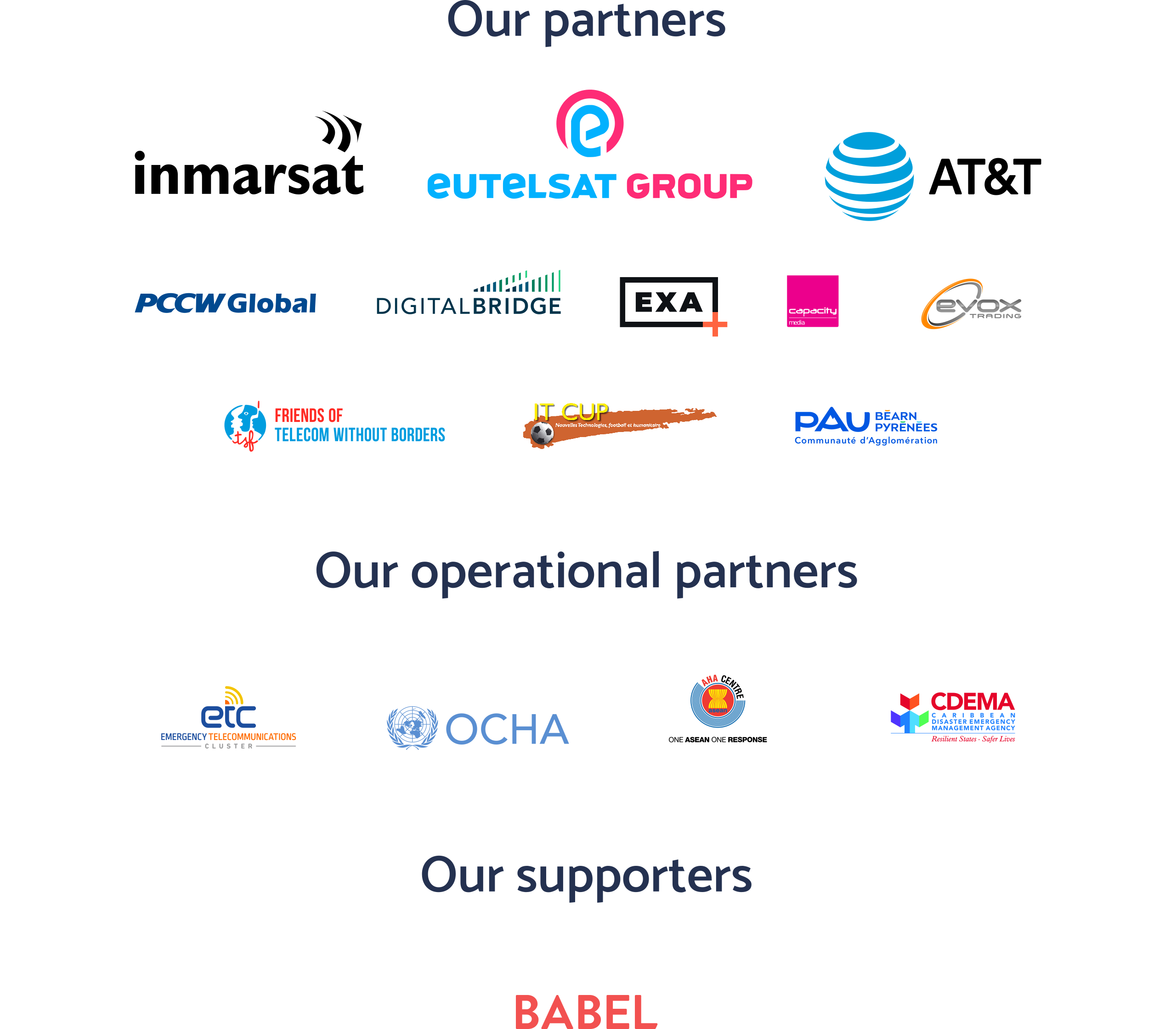


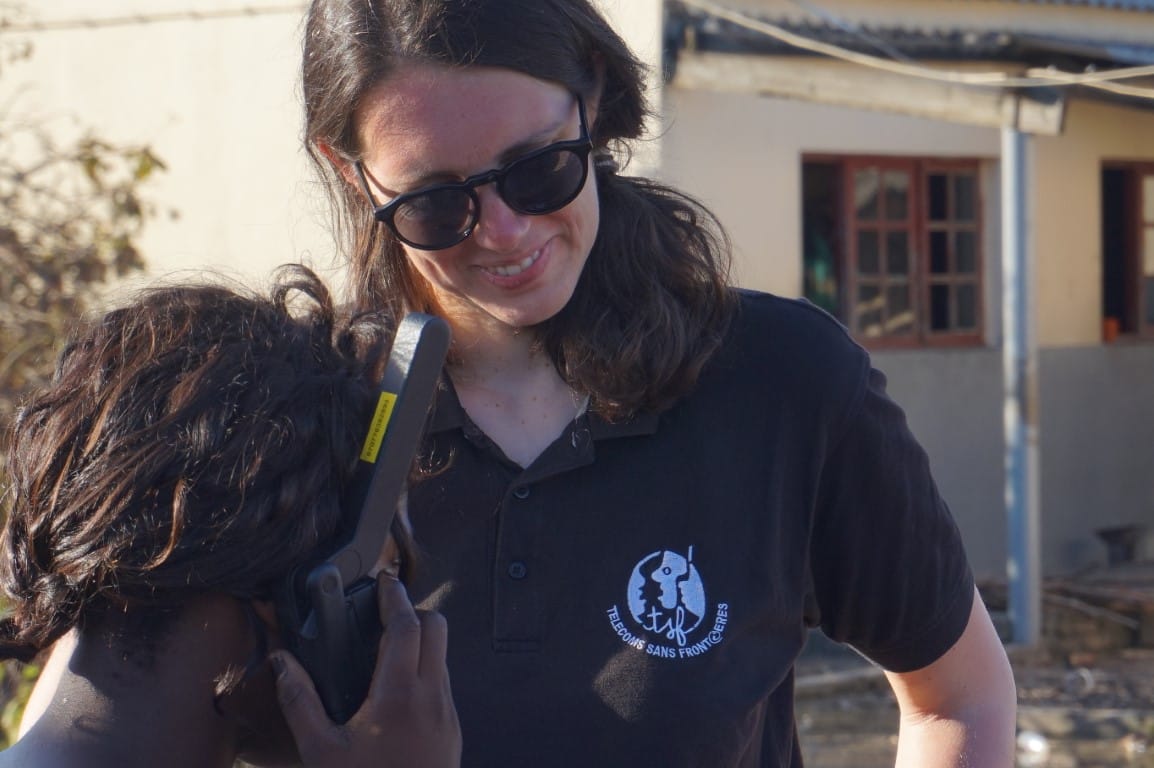
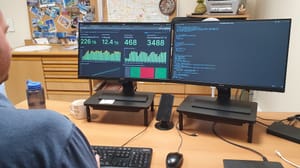
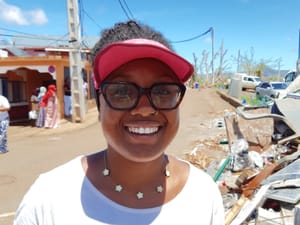
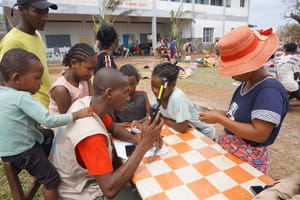


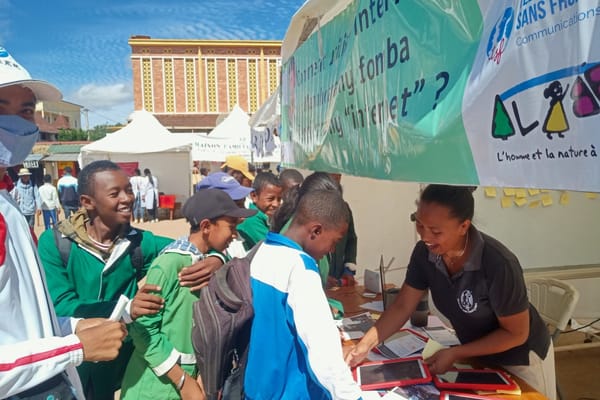
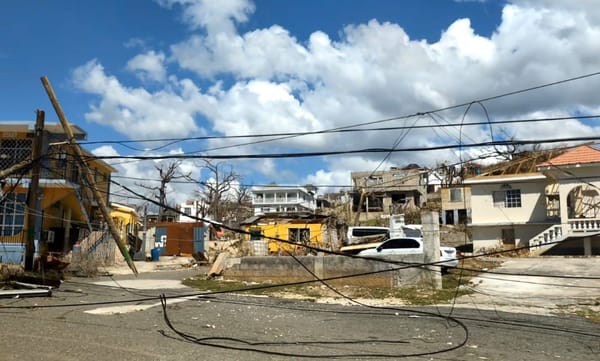

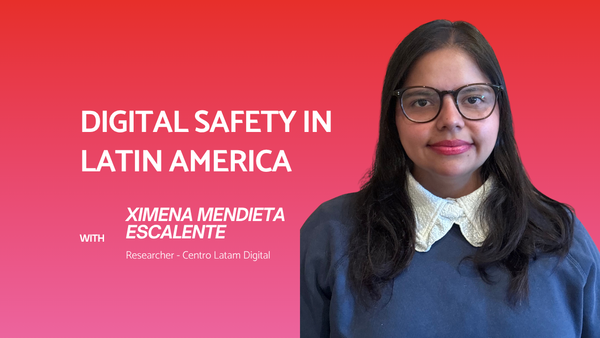
Member discussion